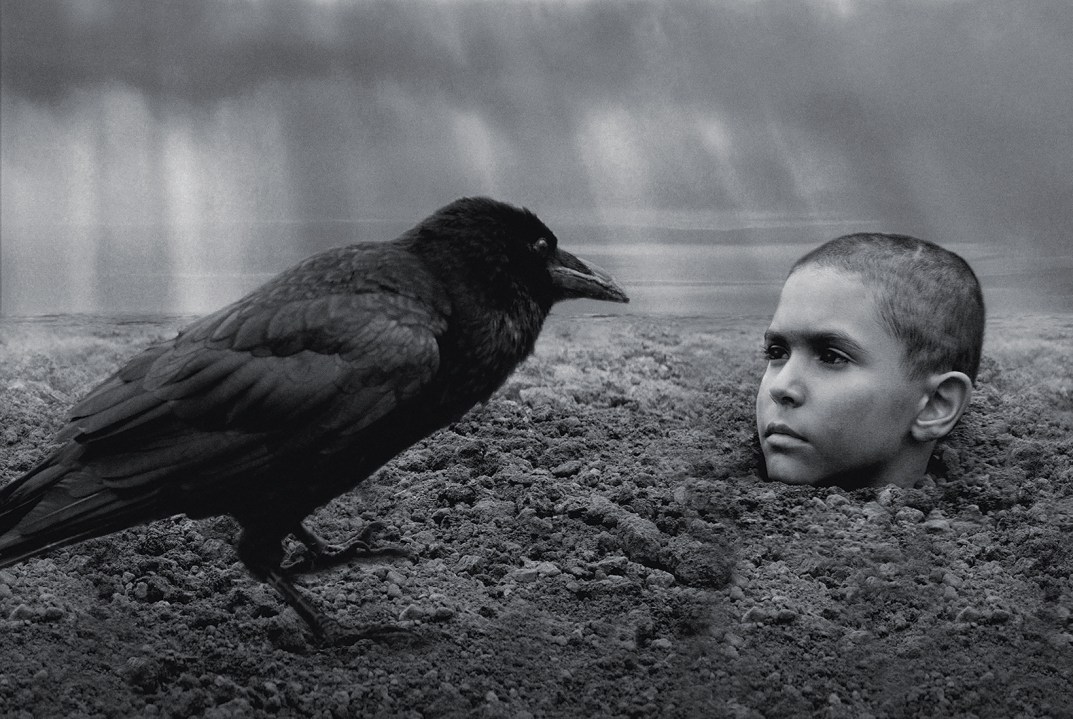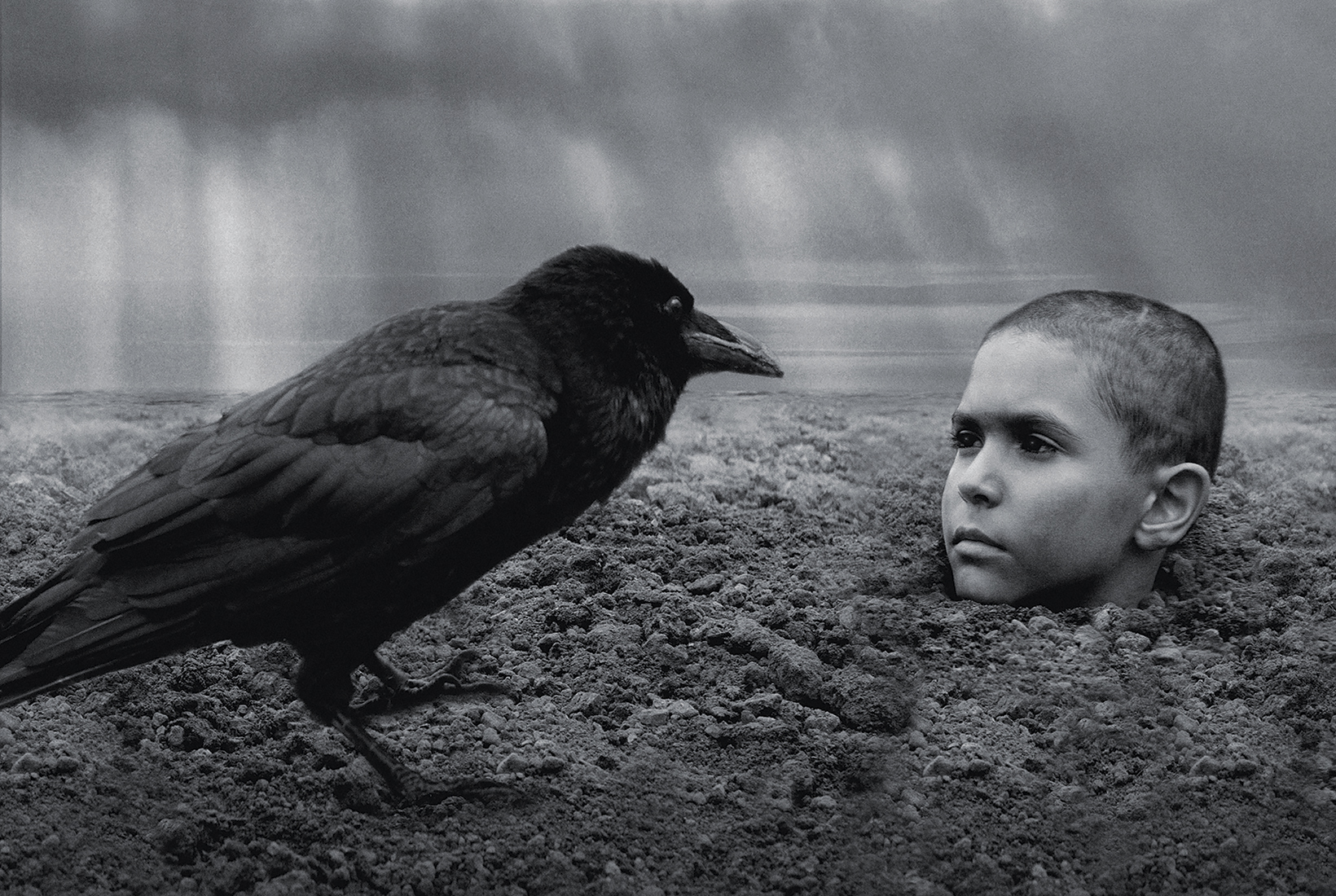The Painted Bird opens with a young boy (Jewish) running through a forest and clutching his pet ferret. He is being chased by some other boys (not Jewish) who beat him to the ground, douse his ferret in petrol and set it on fire. The boy watches as his pet burns alive and I don’t know if you’ve ever witnessed a ferret being burned alive, but my God, I’m not going to get those high-pitched cries out of my head any day soon, just as I’m not going to get this film out of my head any day soon.
You’d think, after those opening few minutes, things could only get better. But they don’t. They really, really, really don’t. And there are still two hours and 47 minutes to go. Painted Bird was shown last year at the Venice film festival where several viewers walked out. I don’t blame them but, on the other hand, I do: it is easy to look away. Too easy. Plus, the film has been hailed as ‘a masterpiece’ by some and it is beautiful to look at, even if it’s horrifyingly beautiful. Or beautifully horrifying. Take your pick.
If this film were ever to come on television, I would race from the room, screaming
The film has been adapted by the Czech filmmaker Vaclav Marhoul from Jerzy Kosinski’s 1965 book about the sufferings of ‘a Jewish stray’ left to fend for himself amid the blasted landscape of Eastern Europe during the second world war. Kosinski initially claimed it was autobiographical, which later became controversial, but that is a story for another day. (He went on to write Being There, by the way.)
There are brief appearances from Harvey Keitel, Julian Sands and Stellan Skarsgard, but mostly we’re with the boy (a devastating performance from Petr Kotlar). He has been left by his parents with an aunt, for safety, but shortly after the ferret incident she dies one night, peacefully, in a chair. (This is the only peaceful death you will see.) From here, the boy (who is, significantly, named only right at the end) roams a Hieronymus Bosch-style hellscape from one unthinkable situation to the next. He is buried up to his neck as crows try to peck his eyes out. He is raped. He is tied up, beaten, left to drown in sewage. He meets cruelty and brutality at every turn as do some of those he encounters. I can’t even begin to type what happens to the man who the miller thinks is carrying on with his wife. Or what happens to a village whore.
It is relentless. There is little dialogue. But it is also, as I said, beautiful, and monumentally so. Shot in black and white, with cinematography by Vladimir Smutny, every face, every tree, every sky, every ferret-on-fire is starkly stunning. And there are set-pieces that are far more powerful than any by, say, Christopher Nolan, as when Cossacks attack a village or Jews attempt to flee a train bound for the concentration camps. (I told you; it never gets any better.) It is harrowing (very) but never, ever boring and also, through the boy, you clearly see how inhumanity begets inhumanity. There is, though, a sliver of hope offered right at the end. If you get that far.
This is not something I would have watched if I weren’t reviewing it. And I’ll never watch it again. If it were ever to come on television, say, I would race from the room, screaming. But now I’ve seen it, I’ll never unsee it, and will always know.







Comments